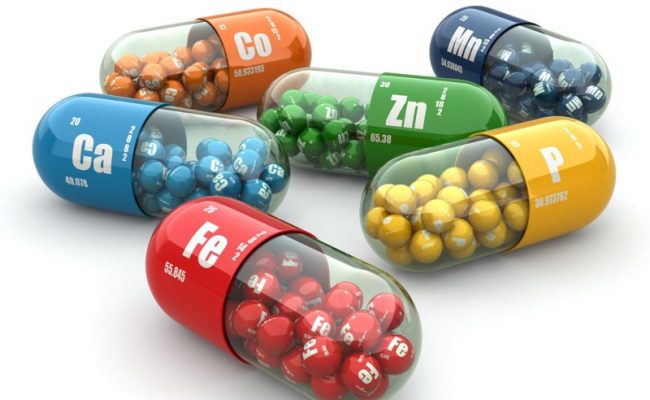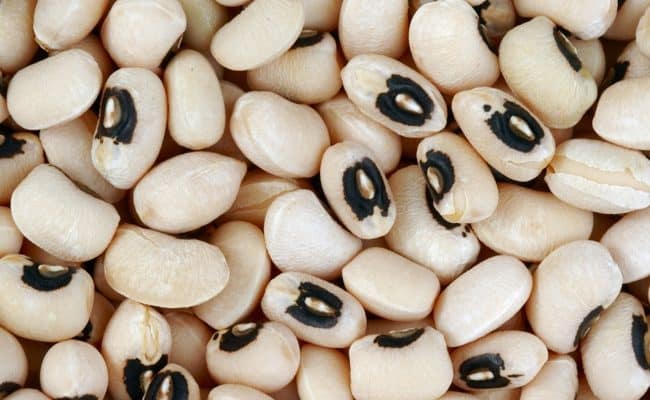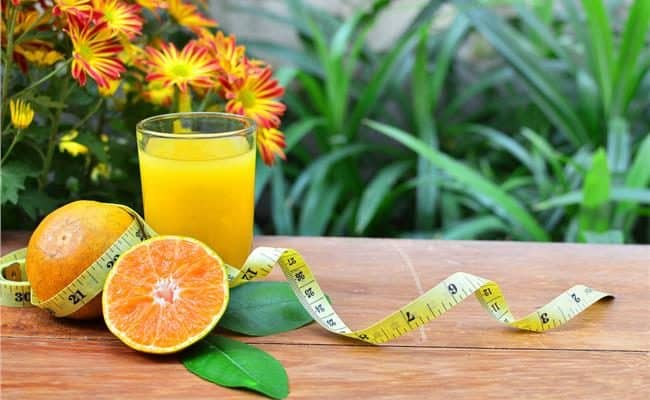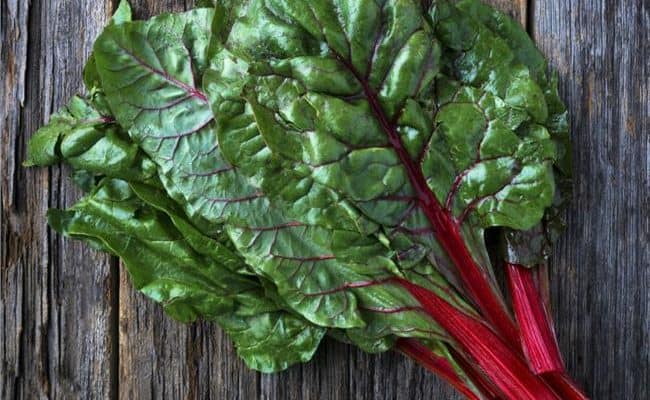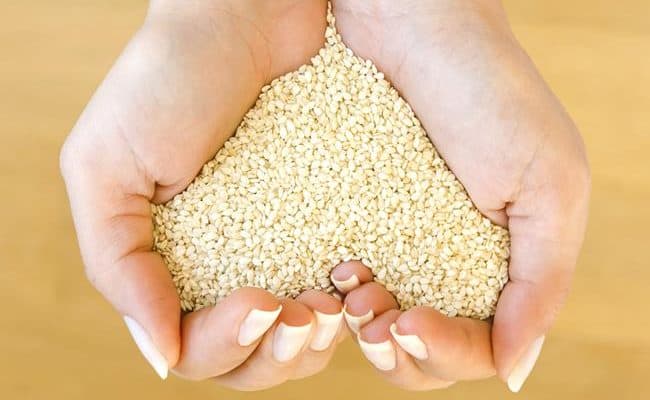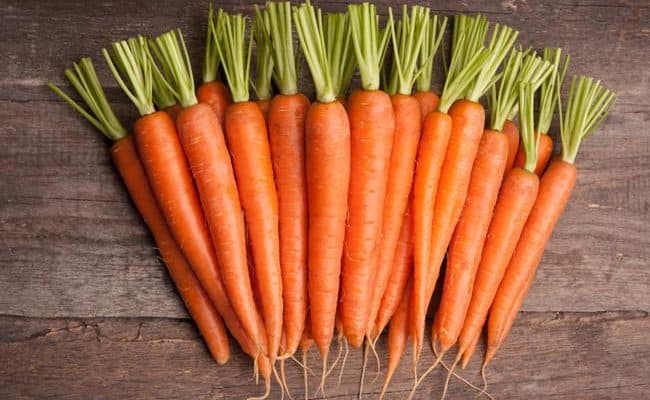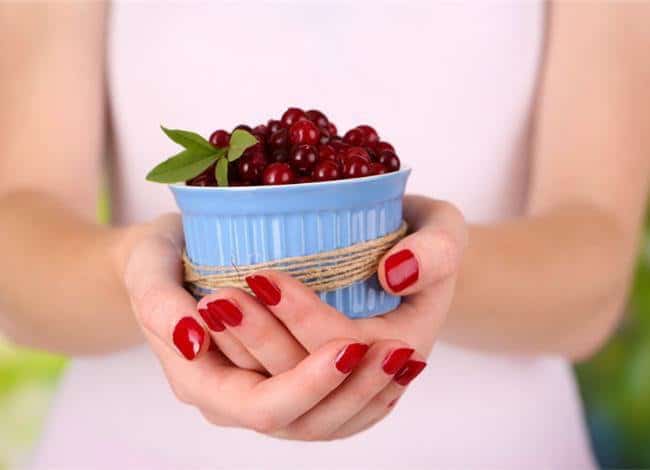
Nutrient dense food? What does that even mean? Well, all foods contain calories and nutrients. The difference is nutrients like vitamins, minerals, fiber and thousands of other health promoting compounds have no calories. Therefore calorie dense foods are high in calories and nutrient dense foods are high in non-caloric nutrients.
So picking foods that provide little calories but come with a comprehensive array of nutrients is a clever way of eating. Nutrient dense food keeps us healthy and helps us maintain an optimum weight.
I guess it comes as no surprise that plant foods make it onto the top of the list of foods with a high nutrient density.
Green leafy vegetables
The kings and queens of the vegetable garden are the leafy greens like kale, collards, bok choy, beet greens and spinach. They basically have it all, while low in calories.
They are full of vitamins, minerals and disease fighting phytochemicals. They bristle with fiber, which is important for weight loss, a happy digestive system, cholesterol levels and blood pressure. They contain lots of water, which is excellent for hydration. And they are a rich source of chlorophyll, which alkalizes the body and cleanses the blood.
They brim over with vitamin A, which helps the body resist infections and maintaining red and white blood cells. In green leafy vegetables you also will find an abundance of vitamin C, which is a powerful antioxidant as well as vitamin K, which plays an important role in blood clotting and optimal heart function.
Argh! They are almost too perfect to be likeable, aren’t they? Just like the top cheerleader and top quarterback guy back in high-school years.
Vegetables of the cruciferous family
As you can see some guys like to play in multiple corners. Not only could you find kale, bok choy and collards at the green leafy vegetables but they also belong to the cruciferous family like Brussels sprouts, arugula, cabbage, turnips, kohlrabi, broccoli and cauliflower.
You can call this troop the cancer prevention police. In addition to the usual suspects (lots of vitamins and minerals) they are equipped with sulfur compound weapons. The same sulfur compounds that can turn heads and clear a room very quickly (in nutrition terms called flatulence) if your digestive system is not working properly.
Sulfur might not smell nice but is vital to your health. Not only does it protect you against toxic substances but it is also critical in building healthy looking skin, bones and nerve cells.
See also: Best vegetables you should be eating
Berries
Yes, they might be little and might look innocent but these nutrient dense, sweet and delicious drops know how to throw a punch. The pigments that give strawberries and blueberries their color are powerful disease-fighting antioxidants. Studies support the findings that berries have the highest antioxidant levels of any fresh fruit.
Berries are also loaded with fiber. And you know eating more fiber will support weight loss because it keeps you full longer. It also prevents blood sugar spikes, which will lessen food cravings.
Do you want me to go into details about the vitamin content? Strawberries for instance have more vitamin C than oranges. Blueberries are an excellent source of vitamin C, K and manganese.
Berries are also low in fructose. It is believed that the increase in high-fructose consumption may be partly responsible for the obesity epidemic.
Sea vegetables
I know, I know. I used to think of seaweed the same way. It’s the stuff that makes ocean swimming so not pleasurable. But it’s time to change our thoughts. These wild ocean plants with funny names like dulse, nori, kelp, agar, arame, kombu and wakame, are more nutritious than some land vegetables.
They contain more calcium than cow’s milk and more iron than red meat. They are easy to digest, full of chlorophyll and are alkaline forming. They are an awesome source of naturally occurring electrolytes, which might be of special interest if you are an active person. Dulse especially shows off with a great iodine profile. Iodine is integral for thyroid hormone production and consequently important in the weight loss process.
So next time you are at your favorite Japanese restaurant, eat your seaweed salad.
I’m not sure about you, but my head is already spinning from all these nutrient dense super foods. Don’t lets overdose on green leafy greens. I feel like something more savory.
Bone broth
Who would have thought? Bone broth, yeh! But clearly, bone broth has been a staple of any traditional diet. But I’m not talking about the boxed chicken of beef stock that you can find on the supermarket shelf that might be loaded with salt and other stuff like MSG or preservatives. I’m talking about homemade-I-know-what’s-in-it bone broth.
I think instinctly we all know about the healing properties of bone broth. All we need to make us feel better when we are sick is a homemade chicken broth noodle soup served with a smile on the bedside table. Am I right?
A bone broth done right with organic ingredients contains key nutrients such as collagen, glucosamine, and gelatin that are important for a healthy gut and healthy joints. It is also a great source of minerals like calcium, magnesium and phosphorous, which come in an easily absorbable format.
And to top things off, you will find healthy nutrient dense veggies like garlic, onion, kale and inflammatory fighting spices like turmeric floating in your broth, which makes it like a nutrient dense super bowl. Wow!
Eggs
Clearly eggs must be nutritious. I mean think about it. When the tiny little chick has to grow in it’s tiny little egg home, it needs all nutrients that will help it mature on its own. There is no breast chicken feeding, no direct IV pipeline from the hen or a home delivery hotline to call.
The egg yolks are a great source of nutritious fats, vitamins and minerals. Eggs are loaded with choline, which is an important for your nervous system and an essential nutrient when it comes to building a living cell. And of course eggs are a great source of high quality protein. Crack them open. And no, there is no chance that an unfertilized egg will turn into a baby chick. The hen needs to mingle with the rooster.
Liver
Now listen to me with an air of detachment. Do you love nature programs? The kind where the film crew follows the subject through the wild and hides in holes covered with branches? What do you see when the object in question finally has hunt down it’s prey? Is it enjoying the breast first? Or maybe the leg? No! It rips open the abdominal wall of its dinner and relishes the giblets first. And why is that? Because they are so nutritious.
Beef or calf liver is known to be of the most concentrated sources of nutrition available. Liver is fairly low in fat and high in protein. It is high in preformed vitamin A. The vitamin B12 level is also the highest of any food. However, the liver is a detoxification organ of the body and depending on where you got the liver from, you also may get a concentrated dose of chemicals, which would be of no concern to an animal living in the wild.
